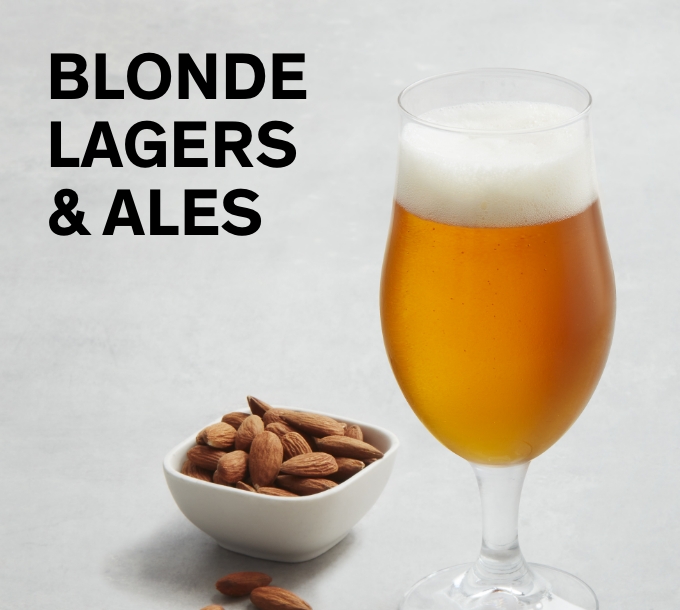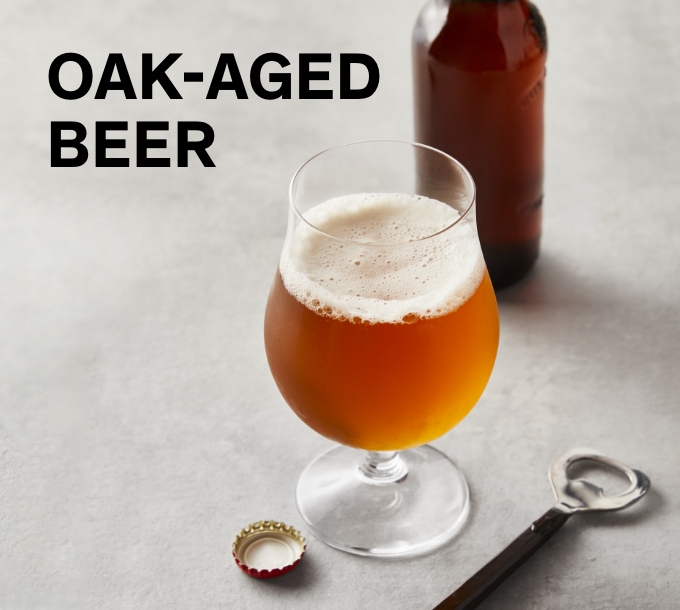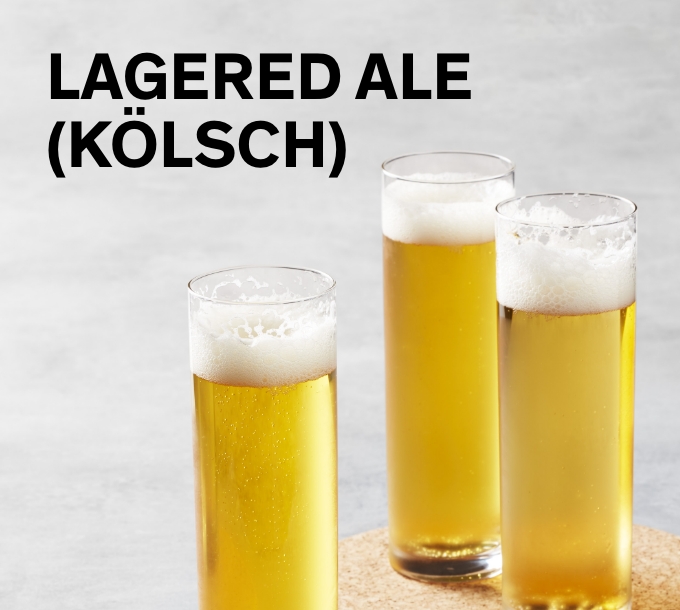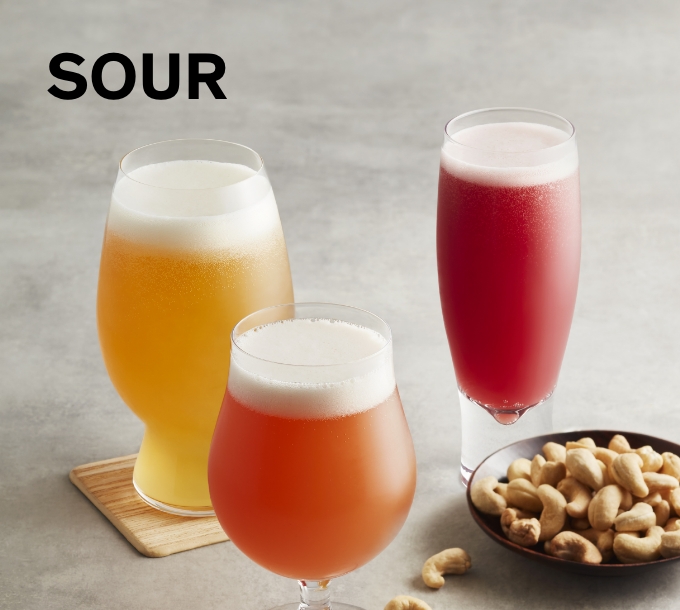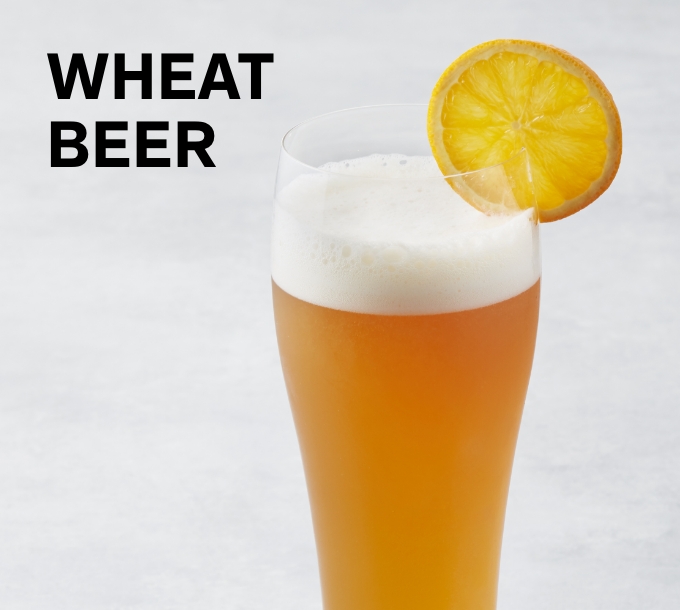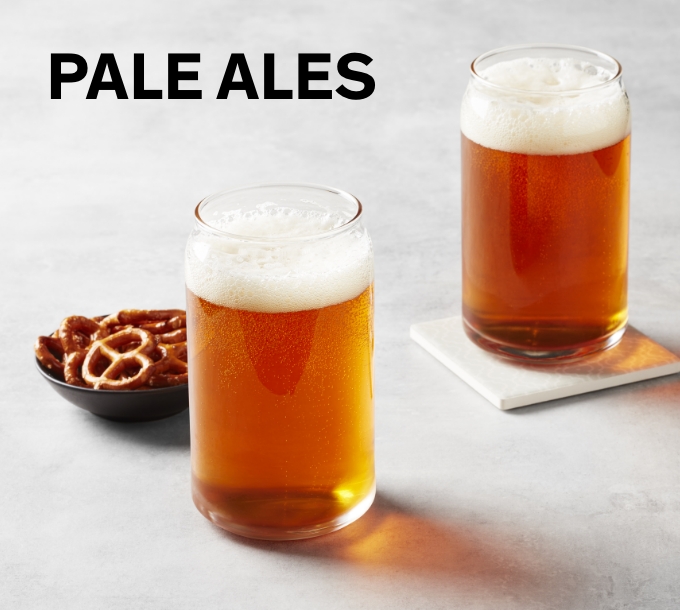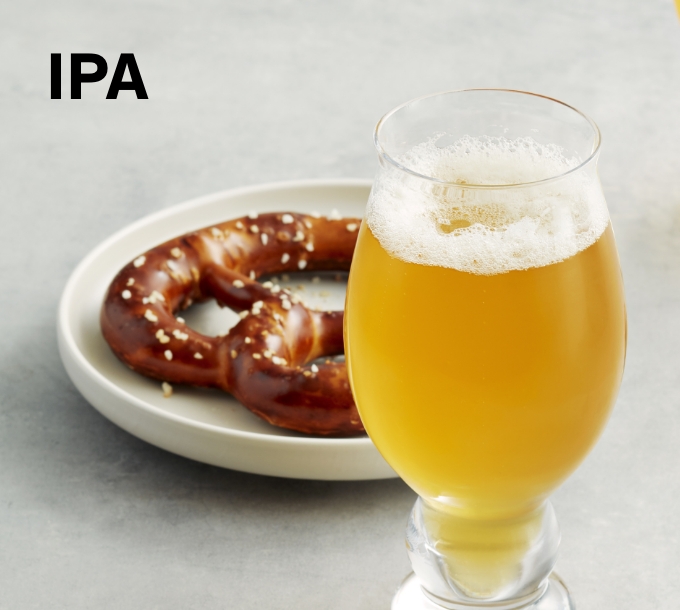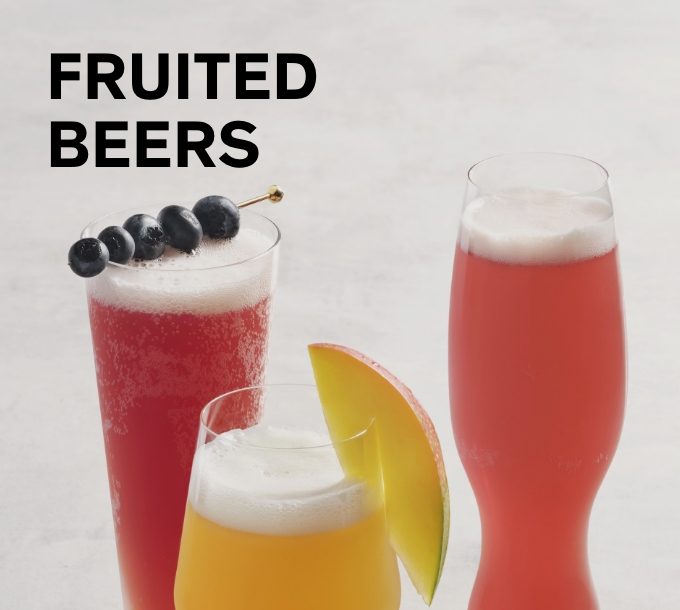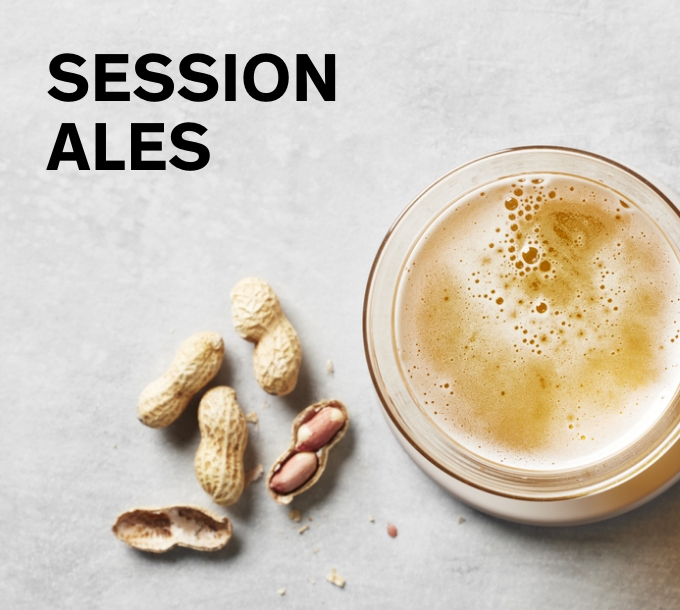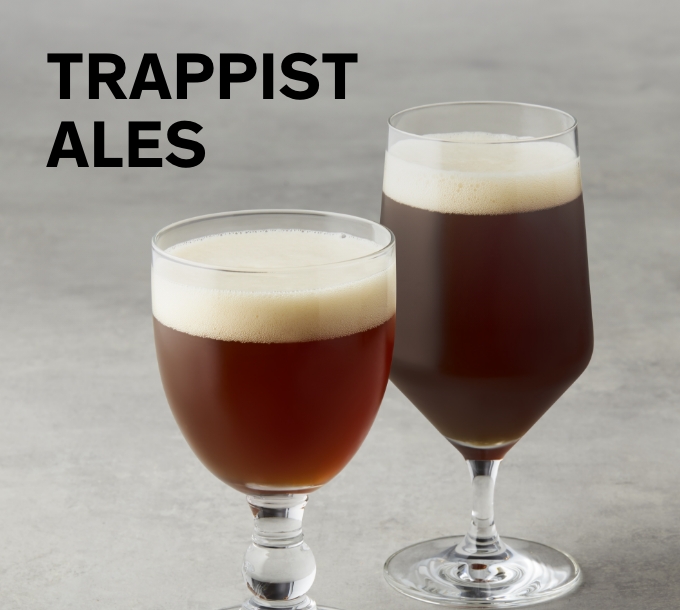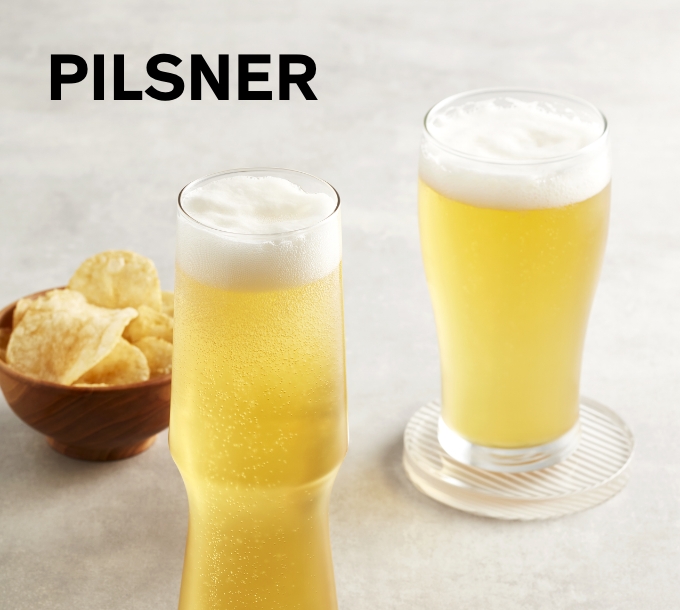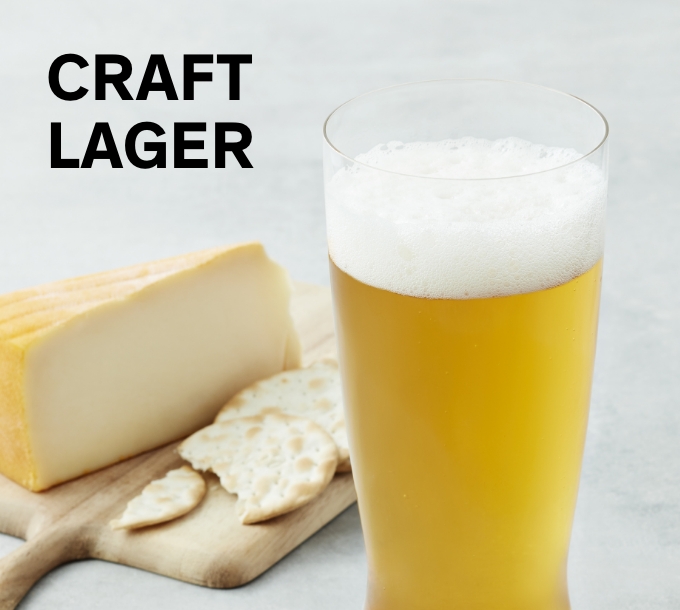Ready to explore?
The beer that kicked off the “haze craze” was the “Heady Topper,” an esoteric unfiltered ale with distinct citrus and tropical fruit notes that was in regular rotation at The Alchemist, a beloved brewpub near Stowe, Vermont. When Hurricane Irene badly damaged the micro-brewery in 2011, its owner started canning Heady Topper to raise money for the rebuild. It was a hit, obviously. Within a few years, brewers across North America had embraced the East Coast IPA to the point that it started to eclipse the West Coast IPA, the original star of the India Pale Ale scene.
You may taste
Considerably less bitter than its super-dry and pine-forward cousin from the West Coast, the East Coast IPA is known for its complex, yet approachable, flavour profile and the balance it strikes between deep malty sweetness and subtle bitter notes. It’s the in-your-face tropical, citrus and stone fruit aromas and taste, though, that truly define this style. Those novel flavours also led to people calling it “juicy,” since many craft beer fans have noted that drinking an East Coast IPA reminds them of eating fresh, ripe fruit. As a rule, they also have an impressive depth of flavour and are soft, smooth and full-bodied, to the point of being described as “velvety.”
Sip them with
Since East Coast IPAs are often alive with bright aromatics that can wake up a palate, this beer is born to be paired with appetizers. Although the citrus notes help to cut the fat, this ale is better with lighter fare, such as small plates of white anchovies and olives; dim sum dumplings and bao; spicy eggplant dips with pita or fresh and zesty fish ceviche made with plenty of lime. The East Coast IPA is a very good answer to the question of what to pair with tapas meals, meze spreads or pretty much any occasion where all the courses are served up on cheese boards.
Serving tips
Official East Coast IPA beer glasses have a very small base and a wide mouth, which makes it easier to appreciate the bold aroma and all the novel flavour dimensions, but really, any ale glass will do the trick. Since there’s a lot to discover in this ale, it’s best to serve it at about seven degrees Celsius, so take it out of the fridge and let it warm up for 20 minutes before serving. Even more so than many other styles, fresh is best with East Coast IPAs, so look to local breweries whenever possible — and take care not to let it fade away at the back of the cellar.
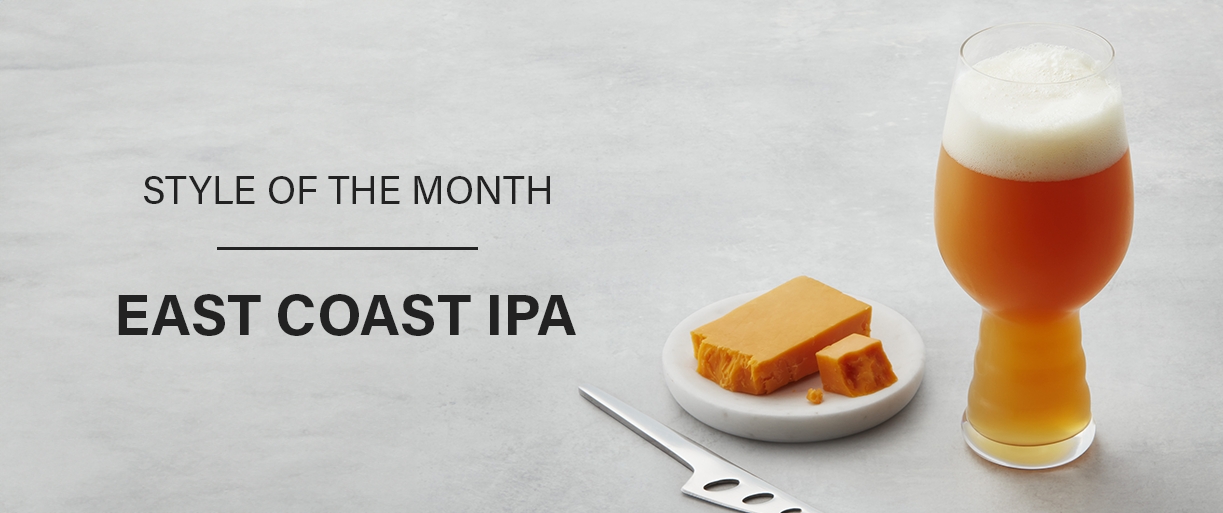
Sometimes called “juicy” or “hazy,” the East Coast IPA is a bit of a moving target, since every brewer seems to have their own take on it. The one thing all these diverse beers have in common, though, is that they’re always perfect for summer.
